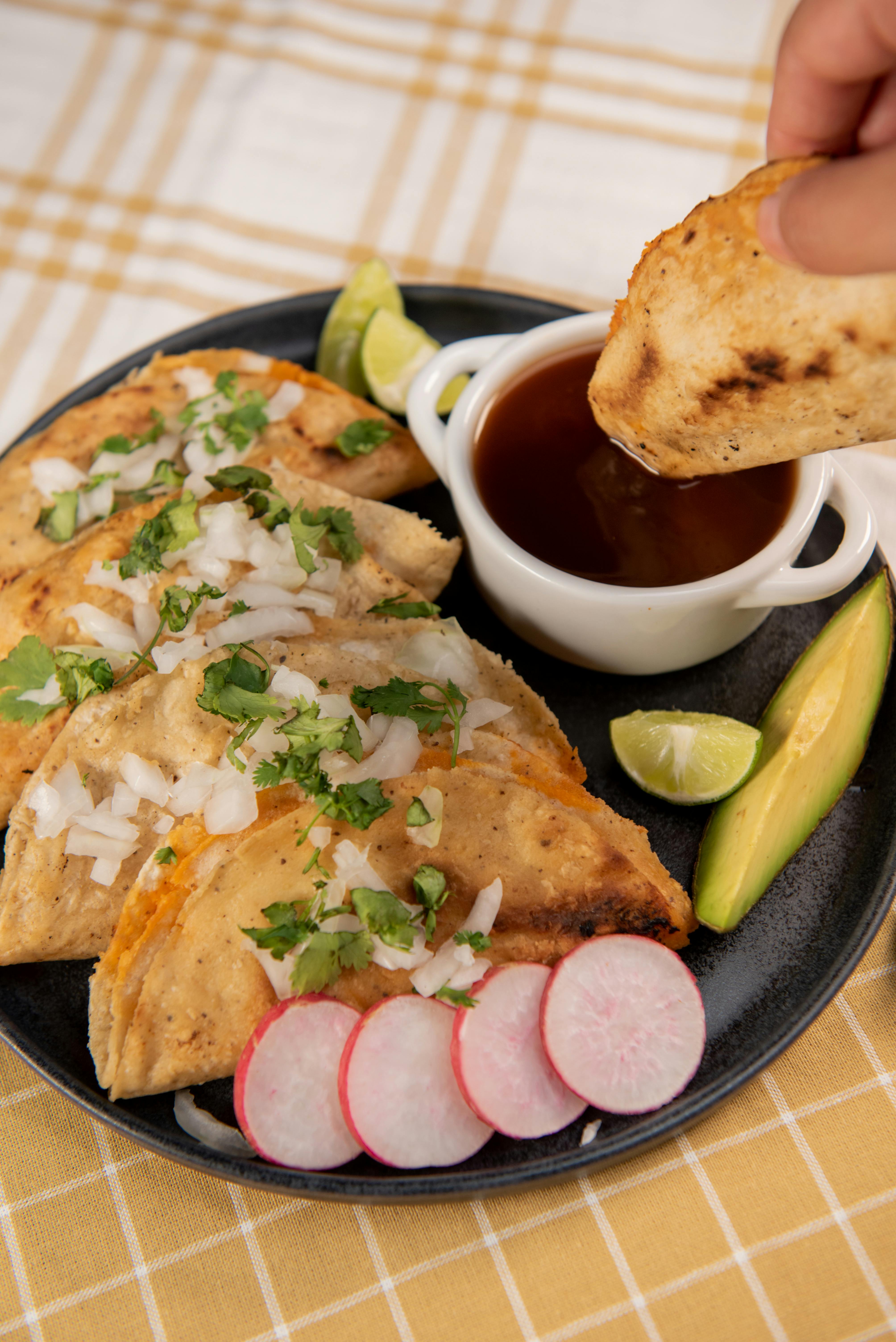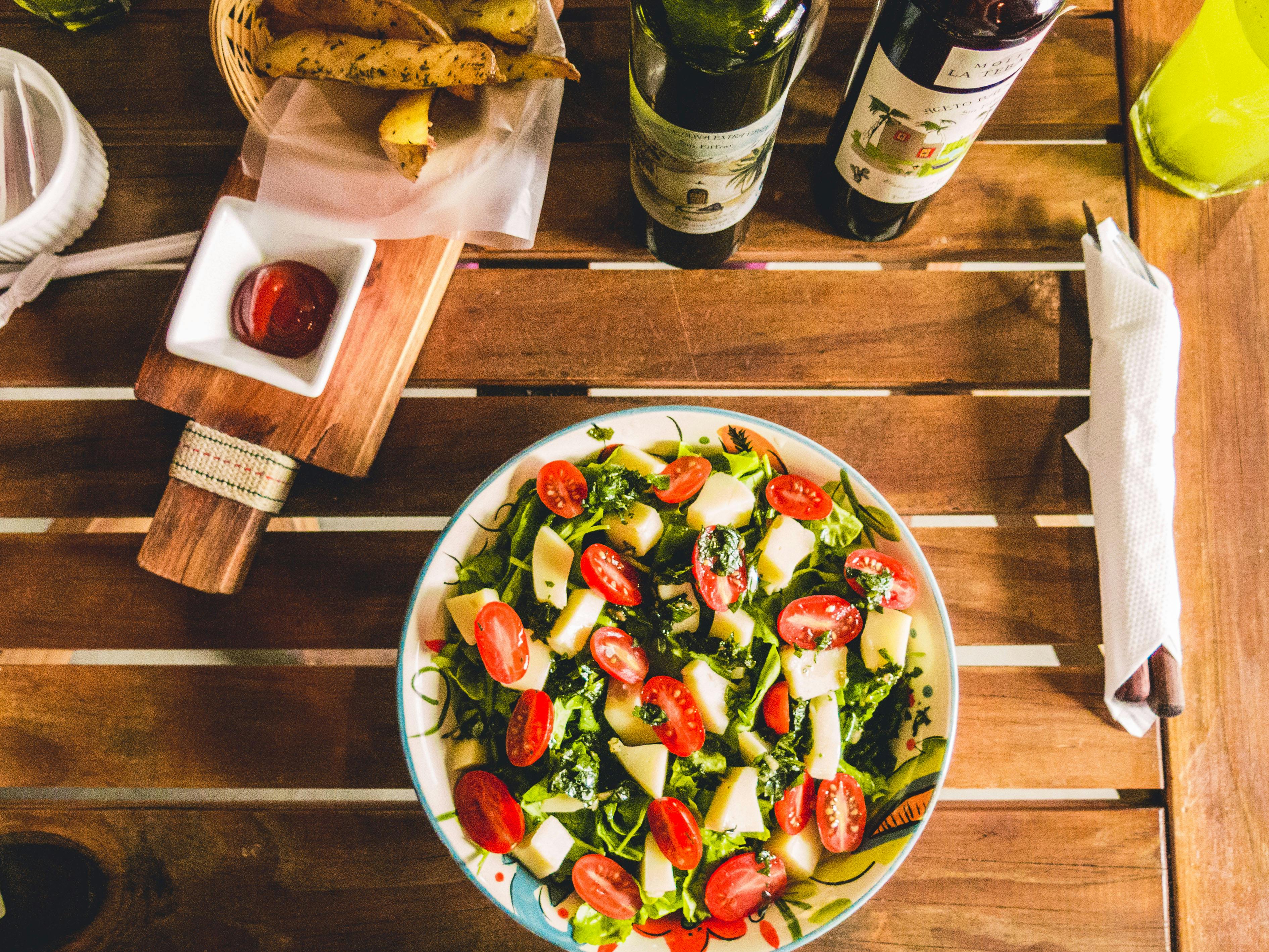Introduction: The Universal Language of Food
I love food! In the delightful chaos of our world, nothing brings us together quite like food. This isn't just a guide to global cuisines; it's a thrilling adventure through history, culture, and the soul of humanity, one bite at a time.
We're diving deep into the heritage and traditions woven into the culinary arts. Each delicious morsel carries a story, rich with the lives and legacies of those who’ve cherished these recipes for generations.
From Tuscany to Beijing: Culinary Gems Across the Globe
From Tuscany's rolling vineyards to Beijing's vibrant streets, every culture boasts culinary treasures that transcend time. These iconic dishes are far more than ingredient lists—they’re historical masterpieces, crafted by countless hands over generations.
They're the silent storytellers, offering us a taste of diverse cultures and a window into the past.
Italian Risotto: Simplicity and Elegance
Picture this: a creamy, dreamy Italian Risotto. Its rich flavor isn’t just from arborio rice and Parmigiano-Reggiano; it’s a saga of Italy’s farming brilliance, a testament to the skillful transformation of humble ingredients into global culinary fame.
Each spoonful is a dance of simplicity and sophistication, tradition and innovation, perfectly embodying the Italian spirit.

Chinese Peking Duck: Imperial Grandeur
Heading east, let’s savor the majestic flavors of Chinese cuisine. Peking Duck, with its crispy skin and tender meat, isn’t just a meal—it’s a royal feast, born from the grandeur of the Yuan Dynasty. This dish epitomizes China’s rich tapestry of cultural fusion and culinary artistry.
It’s a culinary time machine, encapsulating Chinese philosophy and artistic mastery in every bite.

Mexican Mole: A Symphony of Flavors
Now, hop across the Pacific to Mexico, where the vibrant and bold flavors of Mole await. This rich, complex sauce is a masterpiece, blending chilies, chocolate, and spices into a harmonious symphony. It’s a savory reflection of Mexico’s tumultuous yet rich history, merging indigenous and Spanish culinary traditions.

Culinary Tourism: A Flavorful Exploration
These dishes aren’t just recipes; they’re passports to different worlds. Culinary tourism offers a flavorful journey, where each bite is an immersion into the heart of various cultures. It’s about more than travel—it’s about connecting deeply with the essence of a culture through its food.
Risotto and Peking Duck become bridges, linking us to the stories and lives behind these culinary wonders.
Virtual Culinary Journeys
Today, we can explore global cuisines without leaving our kitchens. Through books, films, and the internet, we embark on virtual culinary adventures, tasting and learning about foreign dishes from the comfort of home. This global connectivity ensures that traditional recipes are both preserved and reimagined.

The Evolution of Culinary Practices
The evolution of these recipes is a testament to human ingenuity. Local ingredients have been transformed into gastronomic legends, like the Mediterranean diet, which highlights fresh produce, olive oil, and seafood—perfectly in tune with the region’s natural bounty.
Mediterranean Diet: Harmony with Nature
The Mediterranean diet is a beautiful example of how geography shapes cuisine. Fresh veggies, olive oil, and seafood are staples, reflecting a harmonious lifestyle with nature.

Food as a Cultural Unifier
Food is at the heart of cultural celebrations, acting as a unifier. From Chinese New Year’s dumplings to Thanksgiving turkeys, these dishes aren’t just meals—they’re traditions that bring people together in joy and gratitude.
Culinary Tourism: Immersive Engagement
Culinary tourism goes beyond tasting different foods; it’s about engaging deeply with a region’s food culture. Participating in cooking classes and visiting local markets provide a profound understanding of culinary traditions and the people who keep them alive.

Continuous Culinary Innovation
Culinary innovation is a never-ending story. Chefs and home cooks alike continue to reinvent traditional recipes, blending old and new. This keeps culinary traditions alive, exciting, and relevant.

Conclusion: Savoring Heritage
This culinary journey is a reminder of food’s power to tell stories, evoke emotions, and connect us to our roots. Each bite is a celebration of our cultural heritage, nourishing both our bodies and souls.

Savoring heritage through food is about embracing the stories and legacies on our plates. It’s an invitation to explore, taste, and celebrate the rich diversity of our world, one delightful dish at a time. This culinary odyssey honors human creativity and the unifying power of food across cultures and generations.





